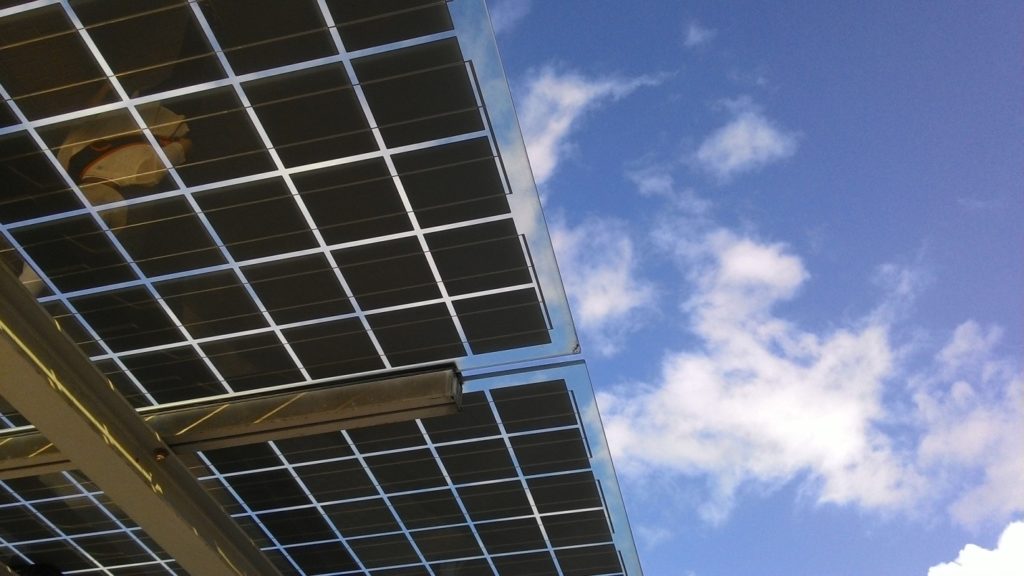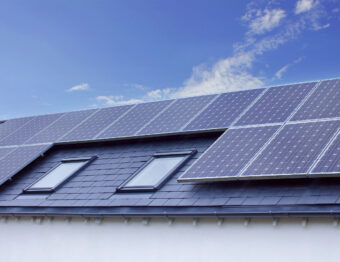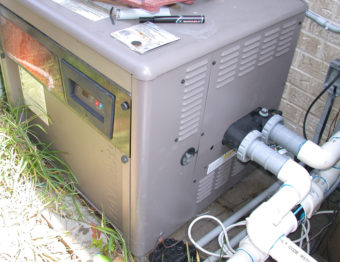
Solar energy system installations have grown exponentially in the last few years, and for good reason. This is particularly true in a country like Australia, which gets more than its fair share of sunlight for the entire year, even during the winter. If you are in Australia and are thinking of acquiring your own solar energy system, good for you – the time is just ripe for it, what with federal government support as well as rebates from state governments. But even with these great opportunities, you still need to choose your solar energy installation wisely. Here, then, is how you can effectively choose the best solar energy system for your needs.
The most important factors you should think about:
- The size of your roof
One of your foremost responsibilities is determining how many solar panels would fit on top of your roof. A good solar installer will be able to help you with this, of course, even over the telephone, as they can use Google Earth or a mapping website. Once you have determined the number of panels you may need, you can then ask for quotes regarding sizes. Bear in mind, however, that you will only be able to use roof sections between west, north, and east, and not south. Also, a smaller solar energy system may only have panels that face in one direction, but if you have a larger solar energy system (one which is more than 3kW), you can have solar panels that face or point in two directions.
- Your budget
It goes without saying that you have to decide how much you can really afford when it comes to solar panel price and your solar installation. Your budget will affect the size of your solar energy system, after all. You may also want to remember, however, that your solar installation is an investment – and it’s the kind of investment which can actually give you about 15 to 20% (or more) of return annually. The good news, though, is that there are now federal government schemes which you can take advantage of, such as the Solar Credit scheme, which can present you with STCs or Small Technology Certificates depending on your solar energy system’s size and where you reside. The subsidy can be quite substantial, and the installer of your solar energy system can claim these STCs for you and then offer you the value of the certificates as a discount when you have your system installed.
- The size and consumption of your household
Generally speaking, the larger your household and the more power or energy you consume, the more you will be able to benefit from a larger solar energy system. It would be a good idea to have an estimate of how much you consume. For this, take a look at your bills and try to figure out the kWh units you consume per day. But you should also think about any potential changes in lifestyle, such as another child or kids who are getting into their teenage years, as this can increase your consumption as well.
Image attributed to Pixabay.com

